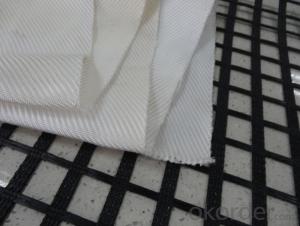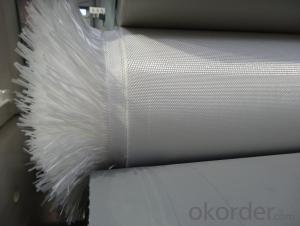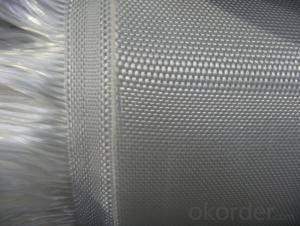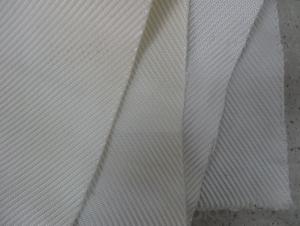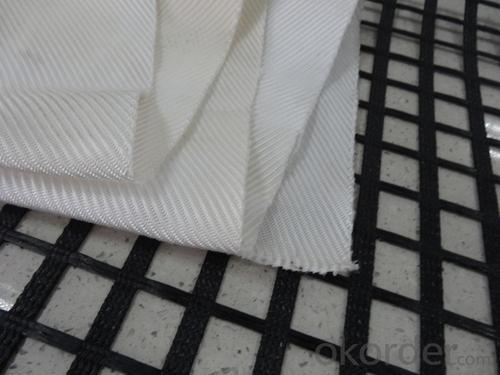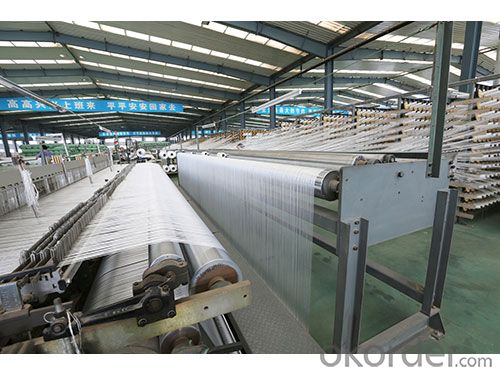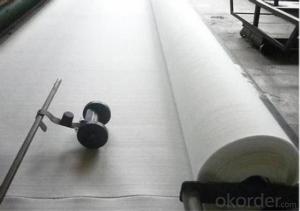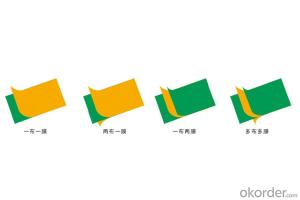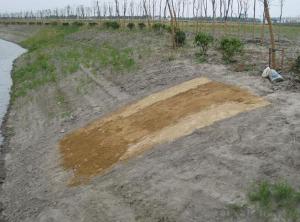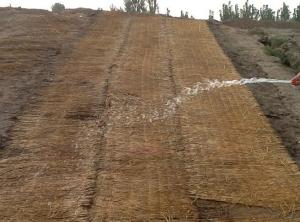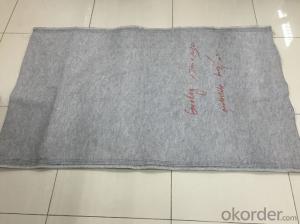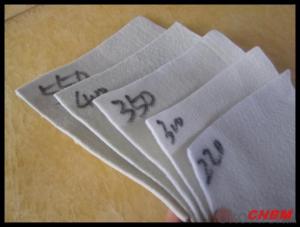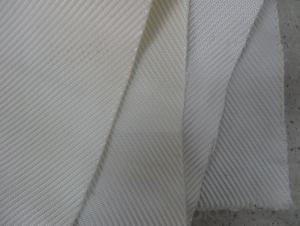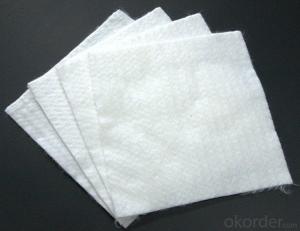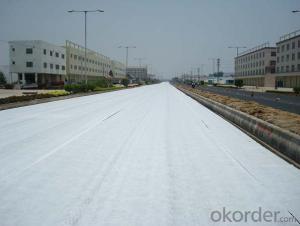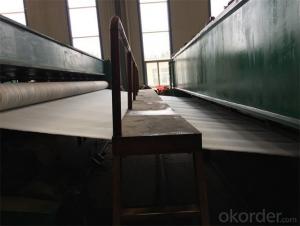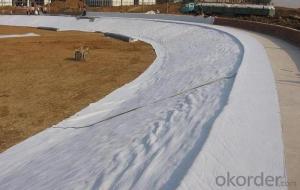Bitac Continuous Filament Woven Geotextile - Polyester or Polypropylene
- Loading Port:
- China main port
- Payment Terms:
- TT OR LC
- Min Order Qty:
- 3500 m²
- Supply Capability:
- 300000 m²/month
OKorder Service Pledge
OKorder Financial Service
You Might Also Like
Specification
PET or PET Woven Geotextile
Woven Geotextile Introduction
Woven Geotextile is made of high tenacity and high molecular weight polyester yarns. Wear-resisting, bursting resistant and high tensile strength, also provide different strength at low elongation.
Woven Geotextile Application
Woven geotextile can be applied in soil stabilization, embankment, reinforced wall and slope, sidewalk paver, coastal and riverbank revetments, landfill separators and capping, etc.
Woven Geotextile Advantage
-High tensile strength
-Wear resistant
-Burst resistant
-Easy carry and easy application
Woven Geotextile Specifications
Tensile strength(kN/m) | 100/50 | 200/50 | 400/50 | 600/50 | 800/50 | 1000/50 | 60/60 | 100/100 | 120/120 | 200/200 | 220/220 |
MD Values | 100 | 200 | 400 | 600 | 800 | 1000 | 60 | 100 | 120 | 200 | 220 |
CMD Values | 50 | 50 | 50 | 50 | 50 | 50 | 60 | 100 | 120 | 200 | 220 |
Woven Geotextile photos
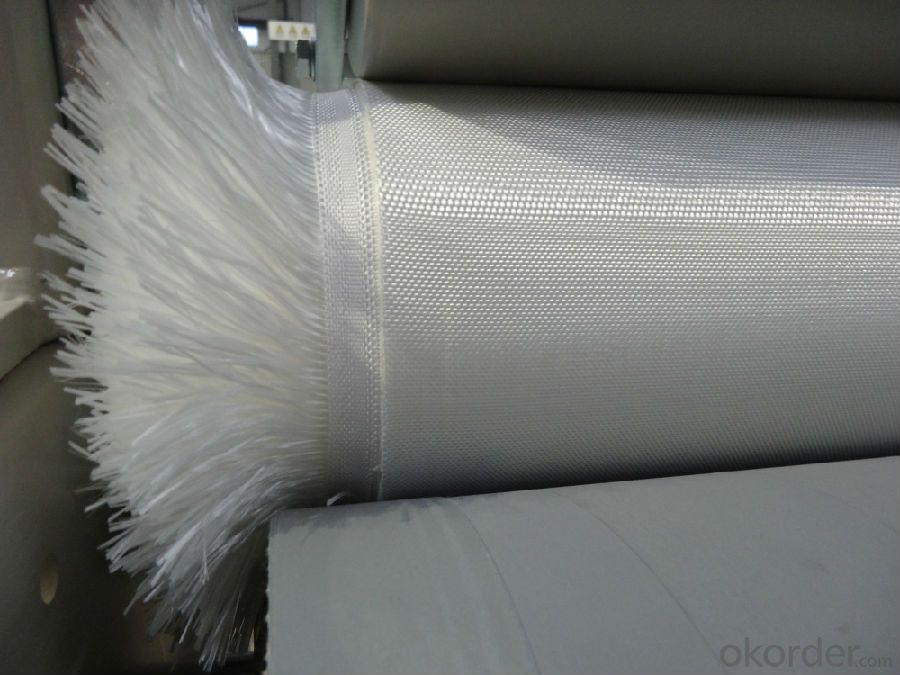
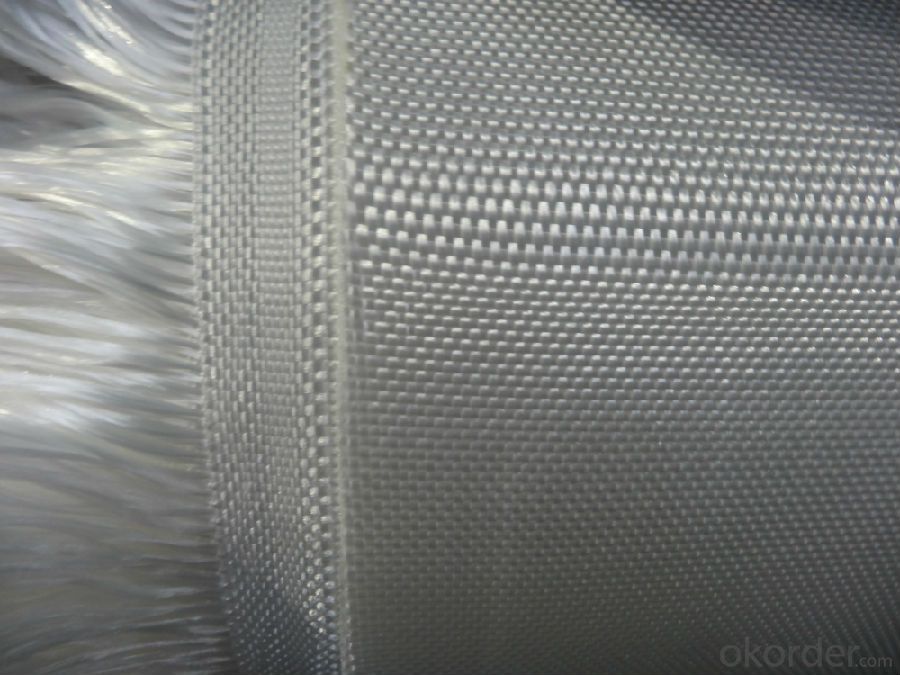
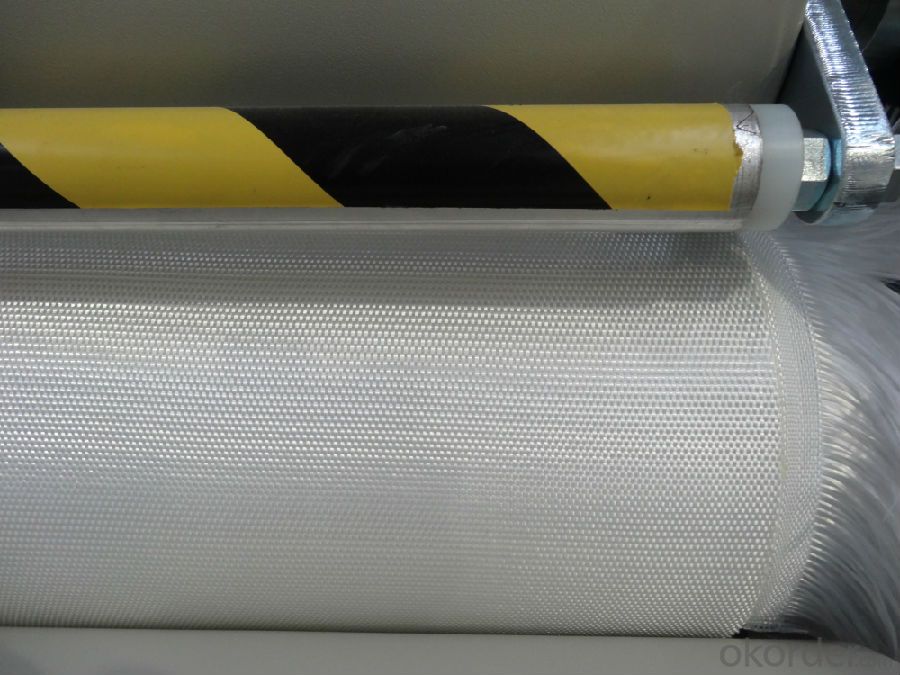
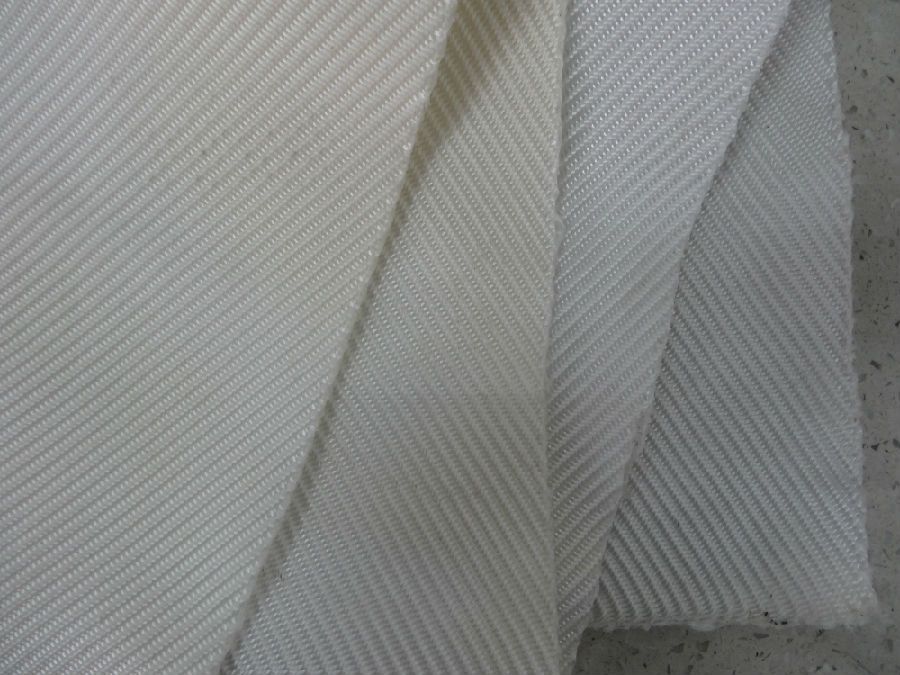
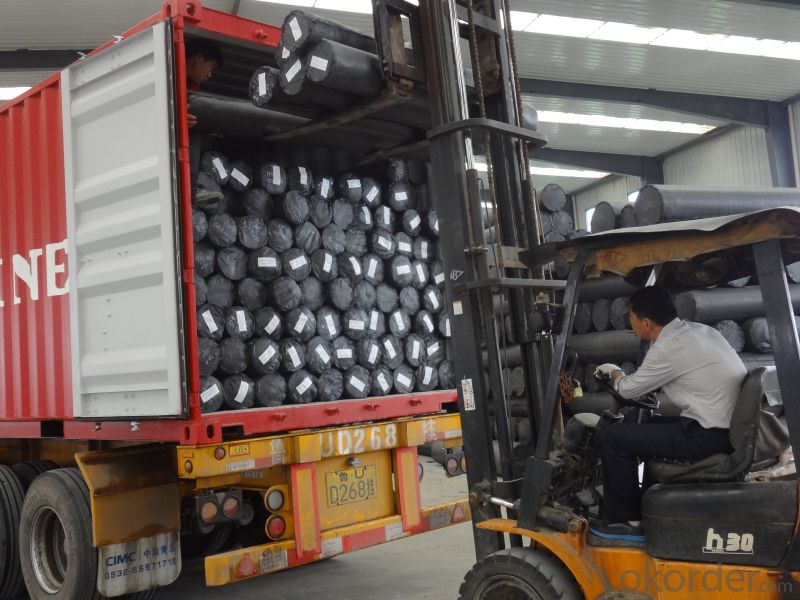
FAQ
1. Which payment do you accept?
For you convenience, our payment can be L/C, TT
2. Is free sample available?
We can supply free samples. You'll just need to pay for express cost.
3. How about your quality?
We have strict quality control system, we make testing on incoming raw material and finished products. Your third party testing is also welcomed. With high quality, our products are used on government projects at home and abroad. Our product quality is accepted by clients from all over the world. Warmly welcome your samples requirement or trail order.
- Q: Are geotextiles effective in preventing soil contamination?
- Yes, geotextiles are effective in preventing soil contamination. They act as a barrier between the soil and potential contaminants, such as chemicals or pollutants, preventing them from leaching into the soil. Geotextiles also help in stabilizing the soil, reducing erosion, and promoting proper drainage. Overall, they play a crucial role in protecting soil quality and preventing contamination.
- Q: How do geotextiles help with soil reinforcement in pavement systems?
- Geotextiles help with soil reinforcement in pavement systems by providing a strong and stable base for the pavement. They act as a separator, preventing the mixing of different soil layers, and also as a stabilizer, distributing the load evenly across the soil. This helps to prevent the settlement and deformation of the pavement, ultimately enhancing its durability and longevity.
- Q: Differences between staple acupuncture nonwoven geotextile and filament spunbonded nonwoven geotextile
- Appearance of different shapes: staple acupuncture non-woven geotextile in the appearance of the surface of the fiber is shorter, and filament spunbond acupuncture non-woven geotextile surface fiber longer. Different materials: staple acupuncture non-woven geotextile with PET polyester staple fiber acupuncture, and filament spunbond acupuncture non-woven geotextile made of polyester chips. Production equipment and different technology: staple acupuncture non-woven geotextile is the polyester staple fiber through the mixing - clutter - comb - shop - acupuncture, and filament spunbond acupuncture non-woven geotextile is the polyester Sliced hot melt - spinning - carding - shop - acupuncture. Implementation of different standards: staple acupuncture non-woven geotextile implementation of GB / T-2008 standards, and filament spunbond acupuncture non-woven geotextile implementation of GB / T-2008 standard. The same specifications of filament spunbonded acupuncture non-woven geotextile quality is better than staple acupuncture non-woven geotextile. Price: the same specifications of polyester staple acupuncture non-woven geotextile price is lower than filament spunbond acupuncture non-woven geotextile.
- Q: How do geotextiles improve the performance of railway tracks?
- Geotextiles improve the performance of railway tracks by providing a stable and durable foundation. They act as a barrier between the subgrade and the ballast, preventing the mixing of materials and reducing the risk of track settlement. Geotextiles also enhance drainage, preventing water accumulation and maintaining track stability. Additionally, they distribute load more evenly, reducing the pressure on the subgrade and minimizing the risk of track deformations. Overall, geotextiles enhance the longevity, safety, and performance of railway tracks.
- Q: Can geotextiles be used in green infrastructure projects?
- Yes, geotextiles can be used in green infrastructure projects. They are commonly used to reinforce soil, control erosion, and promote the growth of vegetation in various green infrastructure applications such as rain gardens, bioswales, and green roofs.
- Q: How do geotextiles contribute to groundwater recharge projects?
- Geotextiles contribute to groundwater recharge projects by acting as a filtration and drainage system. They allow water to pass through while retaining sediment, preventing clogging of the recharge basins or infiltration trenches. This helps to enhance the recharge process, allowing more water to percolate into the ground and replenish the groundwater.
- Q: Can geotextiles be used for reinforcement of railway embankments?
- Yes, geotextiles can be used for reinforcement of railway embankments. Geotextiles can provide stability and strength to the embankments by distributing loads, improving soil retention, reducing soil erosion, and enhancing drainage. Additionally, they can help prevent deformation and settlement, increasing the overall durability and lifespan of the embankments.
- Q: What are the advantages of using geotextiles in agriculture?
- Geotextiles offer several advantages in agriculture, including erosion control, weed suppression, moisture conservation, and improved soil condition. They prevent soil erosion by stabilizing slopes and preventing sediment runoff, ensuring the longevity of cultivated areas. Geotextiles also act as a barrier to weed growth, reducing the need for herbicides and manual weeding. Additionally, they aid in conserving moisture by reducing evaporation and maintaining soil moisture levels. Furthermore, geotextiles promote better soil structure and fertility by preventing soil compaction, improving aeration, and facilitating nutrient absorption.
- Q: Can geotextiles be used for reinforcement of pipeline trenches?
- Yes, geotextiles can be used for reinforcement of pipeline trenches. Geotextiles are commonly used in civil engineering projects to enhance the stability and strength of soil. In the case of pipeline trenches, geotextiles can be placed as a separation layer between the soil and the pipeline, preventing soil intrusion and providing additional support to the pipeline structure.
- Q: Can geotextiles be used for erosion control in construction sites?
- Yes, geotextiles can be used for erosion control in construction sites. They are commonly employed to stabilize soils and prevent erosion by providing a barrier against water and wind. The geotextiles can be installed in various ways, such as on slopes, embankments, or beneath vegetative cover, to effectively control erosion and promote soil stability during construction activities.
Send your message to us
Bitac Continuous Filament Woven Geotextile - Polyester or Polypropylene
- Loading Port:
- China main port
- Payment Terms:
- TT OR LC
- Min Order Qty:
- 3500 m²
- Supply Capability:
- 300000 m²/month
OKorder Service Pledge
OKorder Financial Service
Similar products
Hot products
Hot Searches
Related keywords
